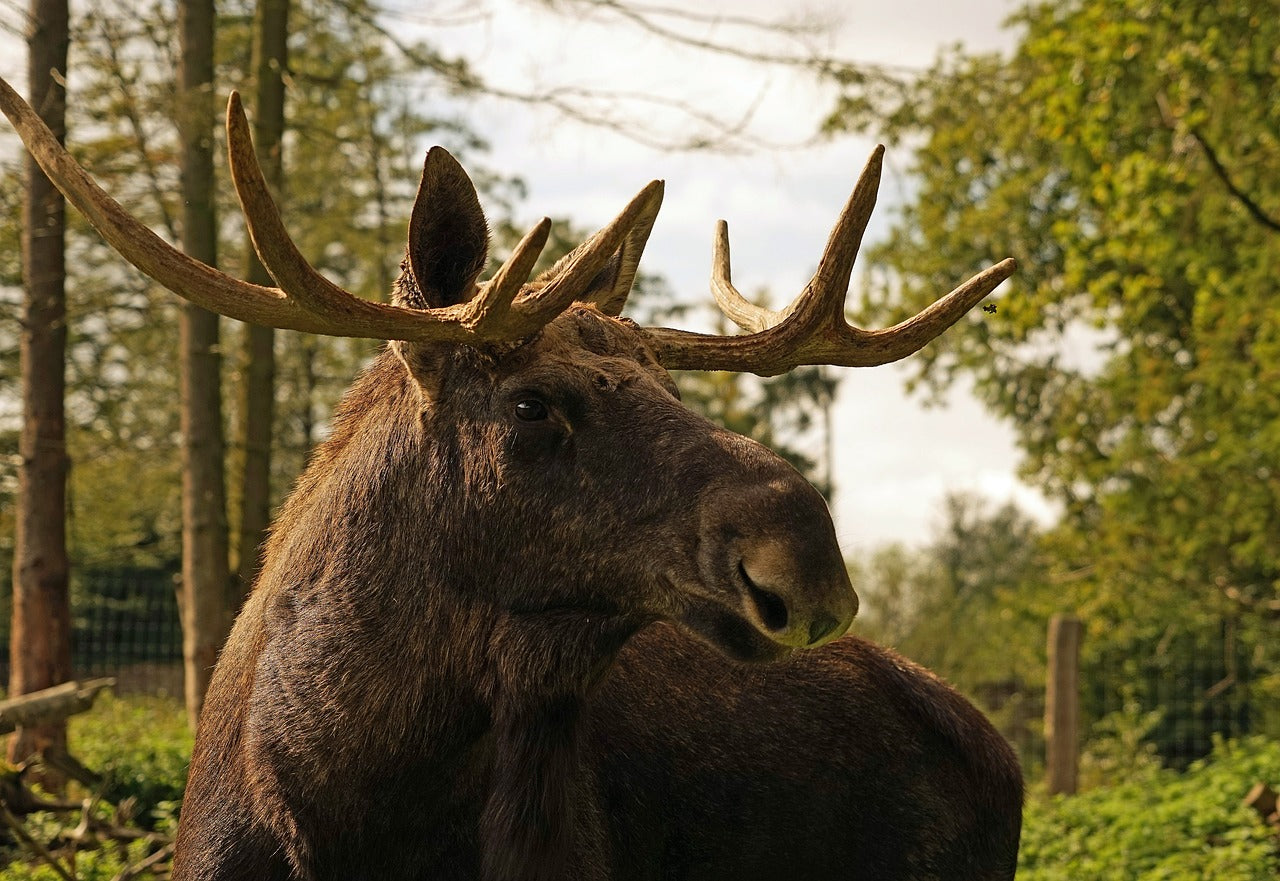Elk
The Elk, or Moose, is a keystone species shaping forests and wetlands across northern Europe, Asia and America.
Full Name: Elk in Europe; Moose in America
Latin Name: Alces alces
Classification: Mammal
Adult Weight: Males from 400 to 700kg, females generally lighter from 200 to 500kg.
Adult Length: 2.4 to 3 metres from nose to tail, and they typically stand from 1.4 to 2 metres tall at the shoulder!
Lifespan: 15 to 20 years in the wild, up to 25 in captivity.
Preferred Habitat: A mix of forests and open spaces, such as woodlands, marshes, and meadows.
Status: Extinct in Britain since about 3,000 years ago; Least Concern with populations across Europe and North America.



















